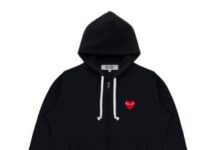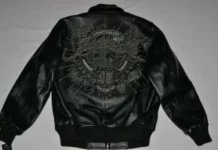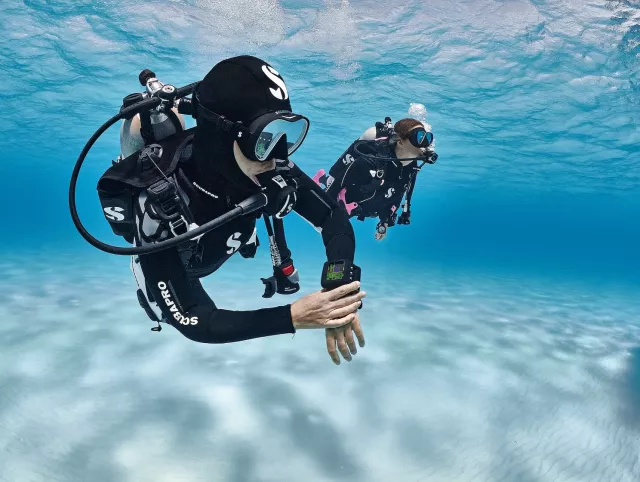Diving into the underwater world is one of the most thrilling experiences a traveler can have, especially in stunning locations like Indonesia’s Komodo National Park. But whether you’re exploring vibrant coral reefs or embarking on a Komodo diving trip, understanding modern diving equipment is essential for both safety and enjoyment. Today’s diving gear has evolved to be more efficient, lightweight, and tech-savvy than ever—making it easier for beginners to get started and for pros to dive deeper, longer, and smarter.
Here’s a breakdown of the essential components of modern scuba diving gear, along with their functions.
1. Buoyancy Control Device (BCD)
The BCD is like the diver’s backpack—but smarter. It allows you to control your buoyancy underwater by inflating or deflating it with air. Whether you want to float at the surface, hover mid-water, or sink slowly, the BCD is what makes it possible.
Modern BCDs come with integrated weight systems, multiple D-rings for clipping gear, and streamlined designs to enhance comfort and mobility. For beginners, a jacket-style BCD is commonly used, while more advanced divers may opt for back-inflate or wing-style systems for improved trim and control.
2. Regulator and Octopus
The regulator is what allows you to breathe underwater by reducing high-pressure air from your tank to ambient pressure. It connects directly to your tank and delivers air through a mouthpiece. The central part is called the primary second stage.
The octopus is a backup second stage—a bright-colored regulator that’s used in emergencies, such as sharing air with a buddy. Together, these components are crucial to every diver’s safety and should be selected for their reliability and comfort.
Also read Why Bajawa Coffee Is Winning Over Specialty Coffee Lovers Worldwide
3. Dive Computer
One of the most revolutionary pieces of modern diving gear is the dive computer. This wearable device tracks your depth, dive time, and ascent rate, and calculates your no-decompression limits in real-time. It replaces traditional dive tables, adding a significant layer of safety and flexibility to each dive.
Many modern dive computers now feature Bluetooth syncing, digital compass capabilities, and colour displays. They’re indispensable for anyone diving in dynamic environments, such as Komodo diving, where varying depths and currents make real-time tracking essential.
4. Wetsuits and Drysuits
A wetsuit keeps you warm by trapping a thin layer of water between your skin and the neoprene suit. Your body heats this water, creating a layer of insulation. In tropical waters like Bali or Komodo, a 3mm full or shorty wetsuit is typically sufficient.
For colder regions or technical dives, drysuits are used. These keep the diver completely dry and allow for the addition of thermal layers underneath. Choosing the right exposure suit is key to both comfort and safety during any dive.
5. Scuba Tank
The scuba tank (or cylinder) stores the compressed air—or other gas blends—you’ll breathe during your dive. Most recreational tanks are made of aluminum or steel and typically hold 200 to 240 bars of pressure.
Tanks vary in size, and choosing the right one depends on your air consumption rate, the length of your dive, and the type of dive you’re planning. They are filled with regular air, enriched air (Nitrox), or technical gas mixes for more advanced divers.
6. Safety Accessories
Modern diving doesn’t stop at the basics. A well-equipped diver also carries essential safety accessories, including:
- Surface Marker Buoy (SMB): Used to signal your position to boats while surfacing.
- Dive Knife or Shears: Helpful in entanglement emergencies.
- Underwater Torch: Crucial for night dives or exploring crevices.
- Whistle or Dive Alert: Allows you to get attention on the surface.
These accessories ensure that you’re prepared for a wide range of scenarios, whether in a calm lagoon or strong drift conditions.
Understanding your gear is the first step to becoming a confident and safe diver. From the BCD to the dive computer, modern apparatus is designed to make the underwater world more accessible, enjoyable, and secure than ever.
Suppose you’re preparing for your first Komodo diving adventure or simply curious about the equipment that makes diving possible. In that case, this guide provides the foundation you need to dive smarter and safer. The ocean is calling—gear up and explore!
































